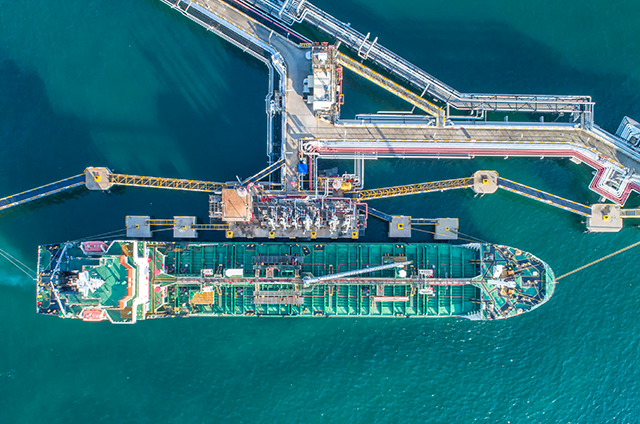Site

-

- Baton Rouge Site
-

- ExxonMobil Main Holding
- Refining and Chemicals Operations
- Lousiana
-

- #SI417
Description
Your insights will be shown here
| Indicator | Unit | Value | |||
|---|---|---|---|---|---|

|
Modelling Status | True | 1 |
Content provided by
| Transaction | Name | Date |
|---|---|---|
| Modified by |
|
8/8/2025 10:20 AM |
| Added by |
|
5/19/2022 11:20 AM |












